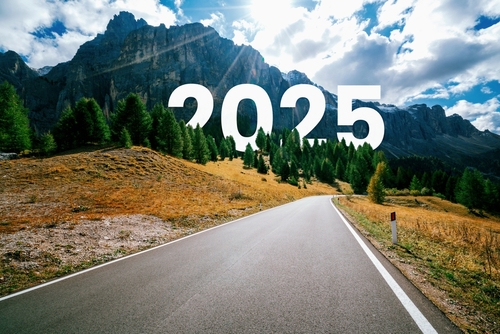Covid created a very different operating environment for repairers, insurers and automotive recyclers in the last 18 months. We know that there are still large numbers of motor claims that have not yet been made, with policyholders choosing to drive damaged cars. At the same time, the pandemic, and Brexit, caused delays in the new parts supply chain impacting bodyshop productivity and increasing the claims life cycle. Decisions to repair or write-off flexed depending on many factors including whether there was a repair network to fully utilise, and the pre-accident value of the vehicle and/or the salvage value, both of which have been steadily rising over the period. So, the mix of damaged vehicles in the claims process certainly changed. Nevertheless, it is encouraging to see that overall bodyshop usage of reclaimed parts has remained high, and of those repairers using reclaimed parts, 57% used more last year than the previous year. As the market matures and motor claims volumes return to nearer pre-Covid levels, it will be revealing to see how usage levels respond. With increased usage, the expectation will be to see the ratio of reclaimed parts to new parts being used increase, as presently this is relatively low, with less than one-fifth of respondents using 10% or more reclaimed parts, as a percentage of their total parts volumes.
It is interesting to note that the situations in which bodyshops are fitting reclaimed parts are becoming less policyholder led; whilst at the same time work provider resistance to the use of reclaimed parts has dropped from significantly, too. It appears the industry is closer to achieving a balanced, optimal mix in stakeholder appetite to use reclaimed parts although it requires continued focus and collaboration across the industry. Ideally, work providers, bodyshops and customers will soon become aligned and more needs to be done to ensure there are shared interests in the same outcome.
The quality of reclaimed parts has improved, due in no small part to the introduction of the UK Standard and the VRA Certification scheme. The number of repairers choosing not to fit recycled parts due to poor quality dropped significantly (from 64% to 28%). However, 2021 saw 4 in 10 respondents report inconsistent quality as the reason they do not use reclaimed parts, whilst almost 1 in 3 felt there was too much rectification work required, although it’s not clear whether these respondents have experienced the reported quality issues themselves. This is worrying for the sector, as perception is reality, and more needs to be done to understand where these quality issues are manifesting; reclaimed parts provided by e2e’s network have an extremely low (<2%) return rate due to poor quality. In addition, every effort is being made into accurately marketing reclaimed parts for their sale, to avoid parts being returned as this just eats into an already challenging profit margin.
Concerns about availability led to almost one-third of respondents not using reclaimed parts, a slight drop from 2020. As the UK’s largest network of salvage and automotive recycling agents with Authorised Treatment Facilities [ATF], e2e believes some of these barriers can be addressed by using the right stock and appropriate expertise to harvest reclaimed parts. Both stock levels and quality can be further improved by reclaiming more parts from insurance write-offs and by sending these damaged vehicles directly to ATFs who have the expertise to dismantle and recycle them properly. Insurance salvage sold on by re-marketing companies adds layers to the process, reduces the cost saving opportunity and importantly, allows for parts to exit the supply chain, reducing levels of good quality reclaimed parts stock.
Neil Joslin, Chief Operating Officer at e2e Total Loss Vehicle Management explains: “Thanks again to ABP for compiling the views of repairers across the industry and we at e2e welcome the feedback. Clearly the process isn’t yet perfect despite significant improvements made over the last few years and I’m proud to say that the e2e network members are leading the way and setting standards for reclaimed parts utilisation across our industry – I see this myself regularly, from the huge sums of money and time being invested into all areas of dismantling, storage and delivery. I feel that the sector is on a precipice and perhaps it’s time for some new thinking. Motor insurance policies are based on the principle of indemnity, promising to return the customer to the position they were in before a claim. When a seven-year-old vehicle is repaired with new parts instead of seven-year-old parts, this is over and above policy cover and technically the insurer is entitled to a betterment contribution. Rather than ask for a contribution at claim stage, insurers factor the cost of using new parts into premiums. This precedent was set many years ago when only new parts were available in the repair process; today, insurers have the option to adopt a different strategy and repair a seven-year-old vehicle with reclaimed, warranty assured, seven-year-old (or newer) OEM parts. In doing so they can reduce their repair costs, price customer premiums more competitively, as the betterment contribution isn’t being factored in, and reduce CO2 emissions. e2e’s clients’ report that customers are willing to use reclaimed parts and there’s surely an opportunity to reduce the pressure on rising premiums without detriment to – indeed, whilst enhancing – customer satisfaction.”



